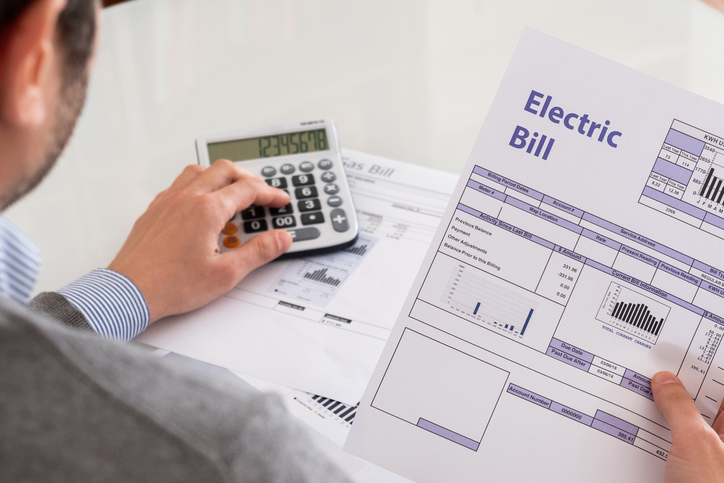Understanding Electricity Plan Types and Rates

As the Spring shoulder months bring cheaper electricity rates to Dallas, it’s prime time to shop for a new plan. But not all plans are the same. The two most common types are straight-rate plans and tiered plans. The trick is that you need to read and understand the plan EFL first! Let’s examine the similarities and differences so you know which one suits your usage better and saves money.
Why Reading Your Plan EFL Is Crucial
Before you commit to an electricity plan, you need to read the electricity facts label (EFL) carefully. This document includes all the necessary information you need, from the contract term length to the termination fee. And you can calculate your bill estimate based on the base charge, delivery charges, and energy charge.
But, if you’re not interested in the math, the “average price per kWh” section of an EFL is most handy. While it can be a convenient tool, it can also distort the real pricing of electricity. That’s because the average price per kWh also divides the base charge and delivery charges by usage. But base charges and delivery monthly charges are fixed amounts. So, they divide out into smaller amounts as usage rises. That way, it only looks like the rate goes down as you use more on a straight-rate plan.
Tiered vs. Straight Rate Plan EFL
Tiered rate plans set different prices at various usage amounts. Great examples of tiered rate plans are the ones offered by Veteran Energy.
When we take a look at their Valor 24 plan, we can see that the rate is 18.3 cents per kWh at 500 KW usage. However, at 1,000 kWh usage, a $50 bill credit kicks in and the rate drops by 29% to only 12.9 cents per kWh. Then, the rate goes back up to a mid-level 15.3 cents at 2,000 kWh usage. So, the trick to getting the discount is use exactly between 1,000 and 1,9999 kWh each month.
On the other hand, straight-rate plans have the same price per kWh, regardless of usage. So, your bill amount for this type of plan should directly follow your usage amount. And while there’s no discount, you also don’t need to worry about minimum or maximum usage.
Come and Take It 12 by Energy Texas is a great example of a straight-rate plan. At 500 kWh usage, the rate is a favorable 11.9 cents. At 1,000 kWh it’s only 11.1 cents, while at 2,000 it’s at 10.7 cents. Your bill estimate with this plan at 1,000 kWh average usage would be $110. At 2,000 kWh usage, it would be $211.
Remember, too, that the rate doesn’t actually decrease as you use more. You still pay a total of $8.37 each month in TDU customer service and base charges no matter how much you use.
Are Tiered Rate Plans Worth It?
While tiered rate plans can make the bill amount seem unstable or not weather oriented, there’s a way to make them save you money on electricity. All you need to do is be mindful of your usage to stay with in the plan’s usage window. For example, if you use 990 kWh per month on Valor 24, your electricity bill estimate is $177.74. But, if you use 1000 kWh, with the $50 bill credit, your bill estimate will be only $129.49.
So, if you can consistently hit that bill credit usage minimum, you can save money with a tiered rate plan.W
Shop Plans and View EFLs Easily
With natural gas rates so low, now is the best time to shop the best rates for electricity. And with summer heat closing, you can’t afford not to. Visit www.texaselectricityratings.com to see some of the lowest electricity rates this year. You can compare the plans, read provider ratings, and shop for the best deals.

